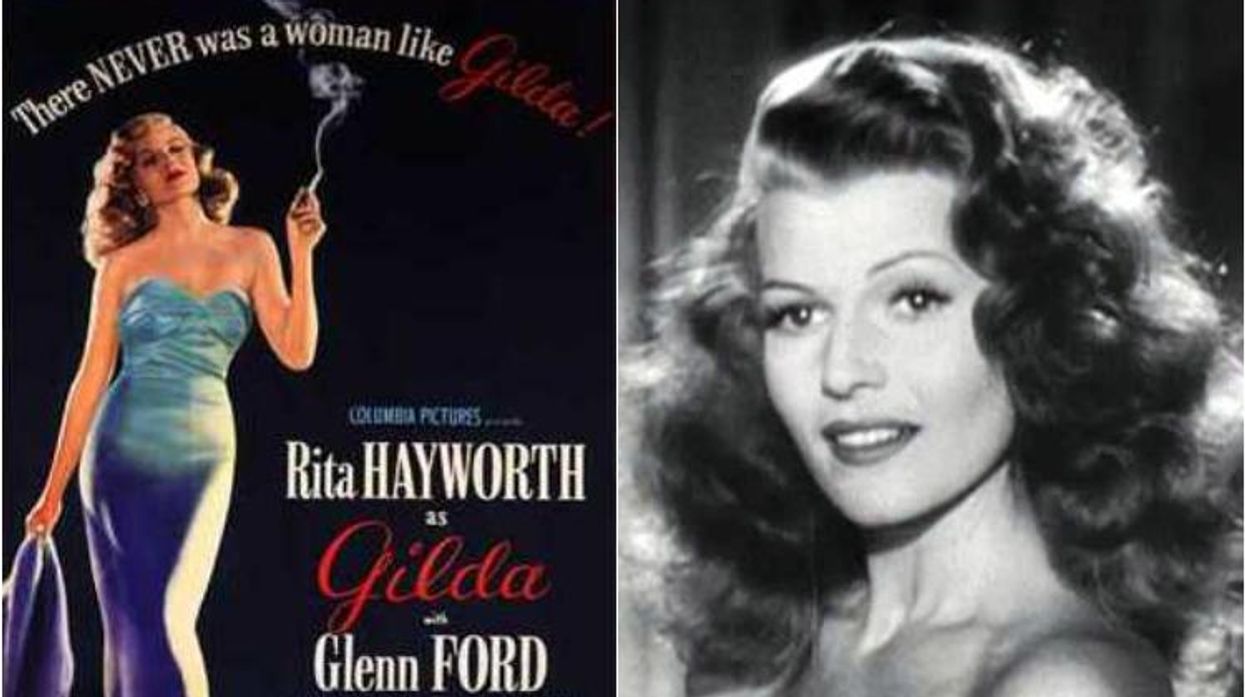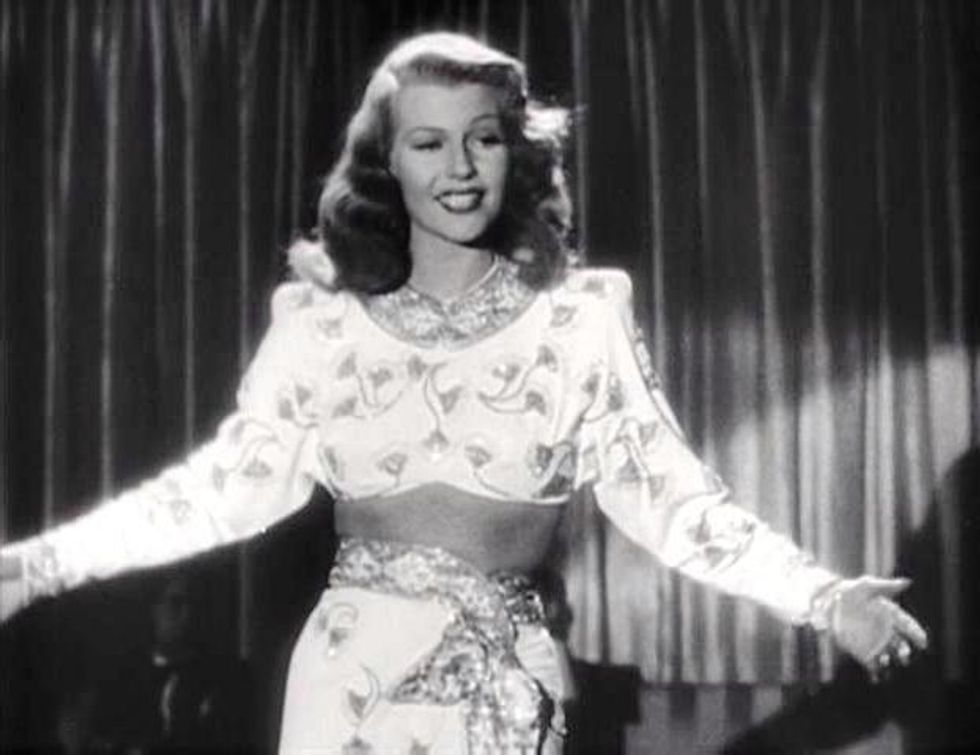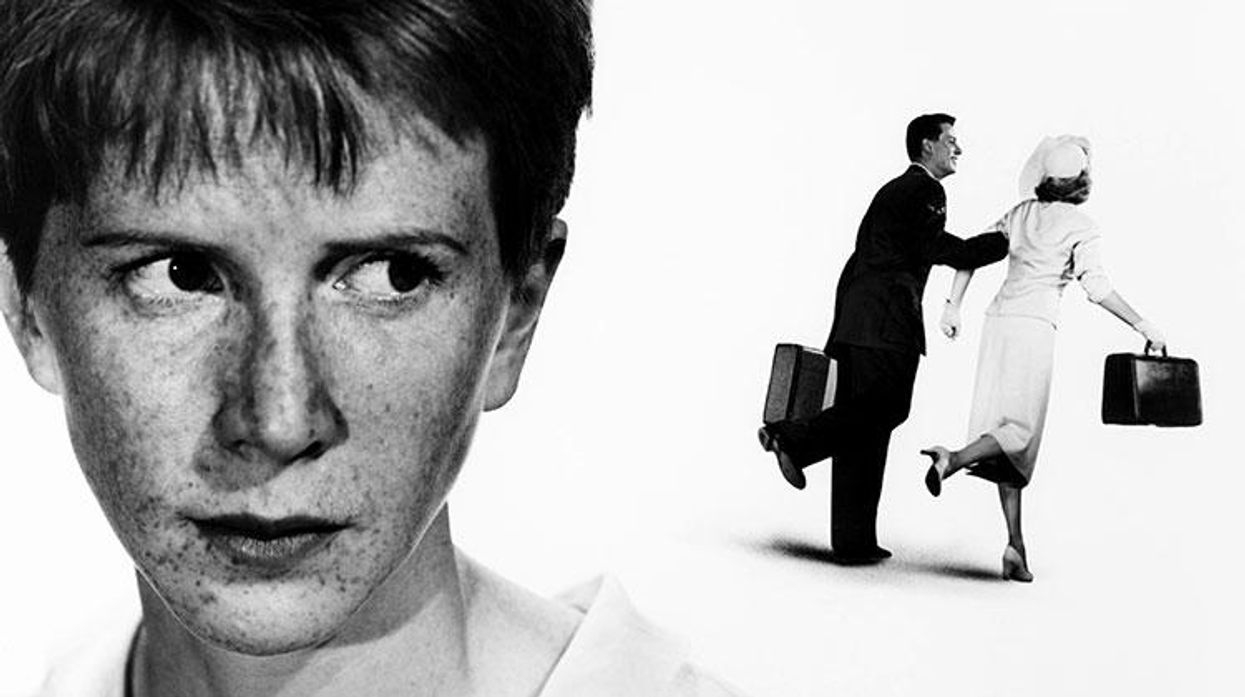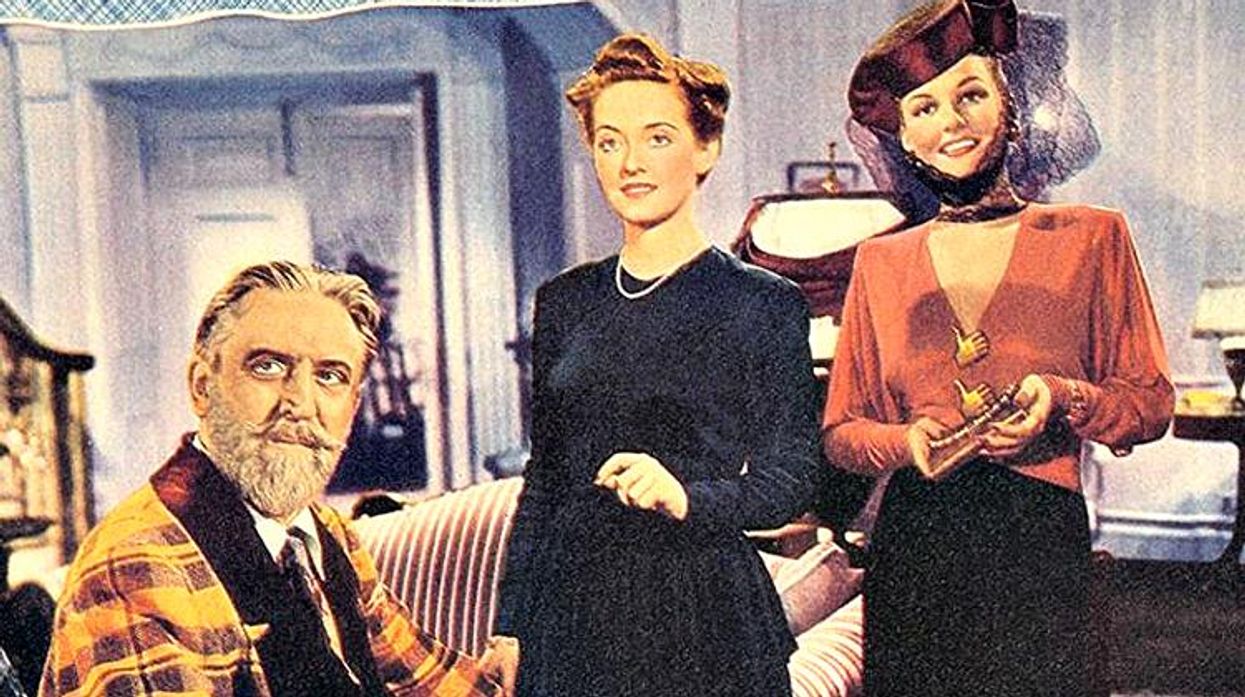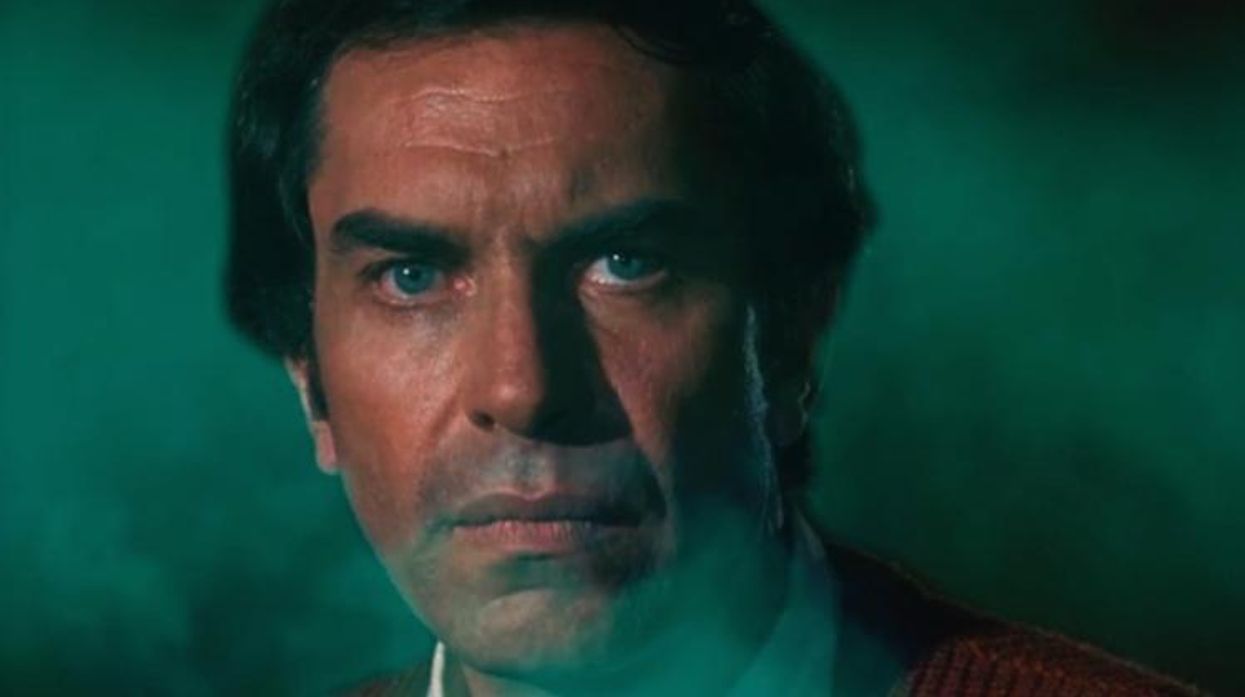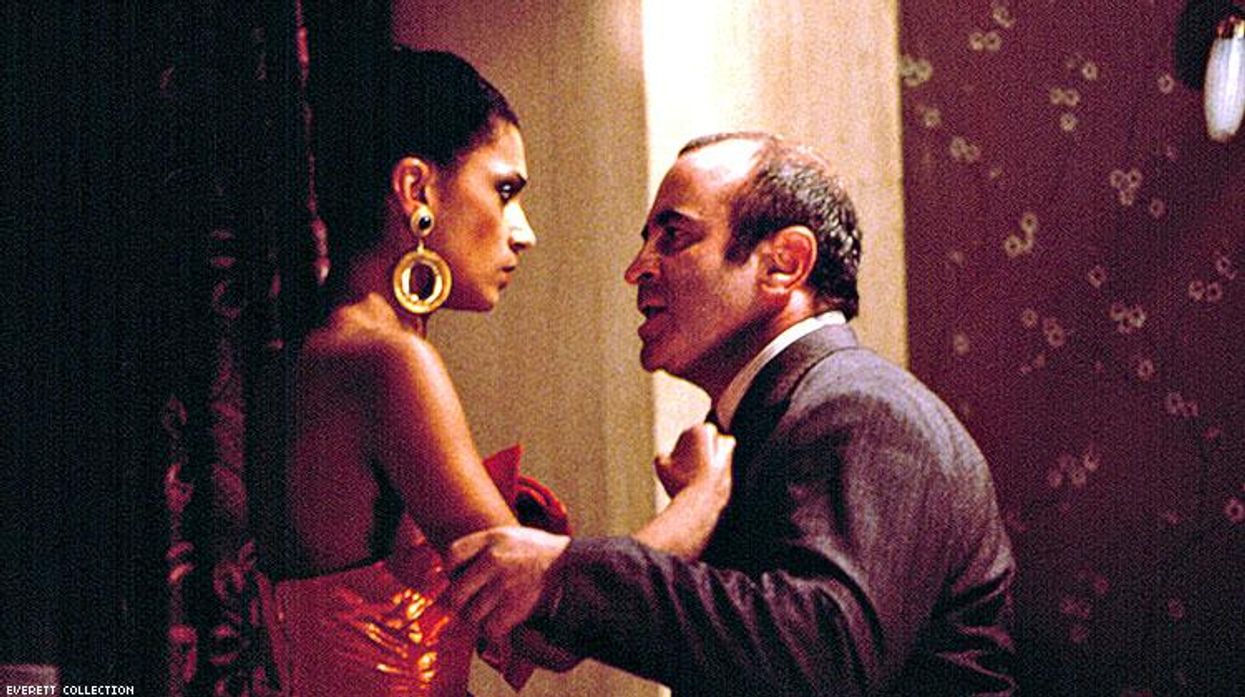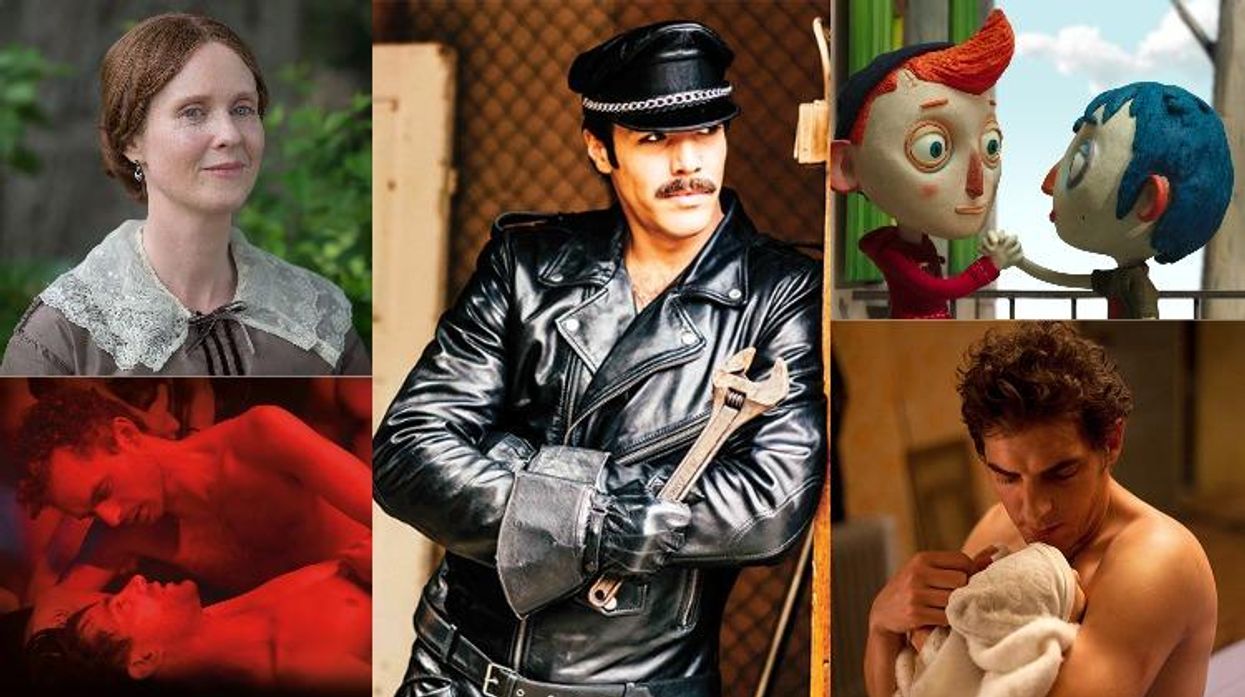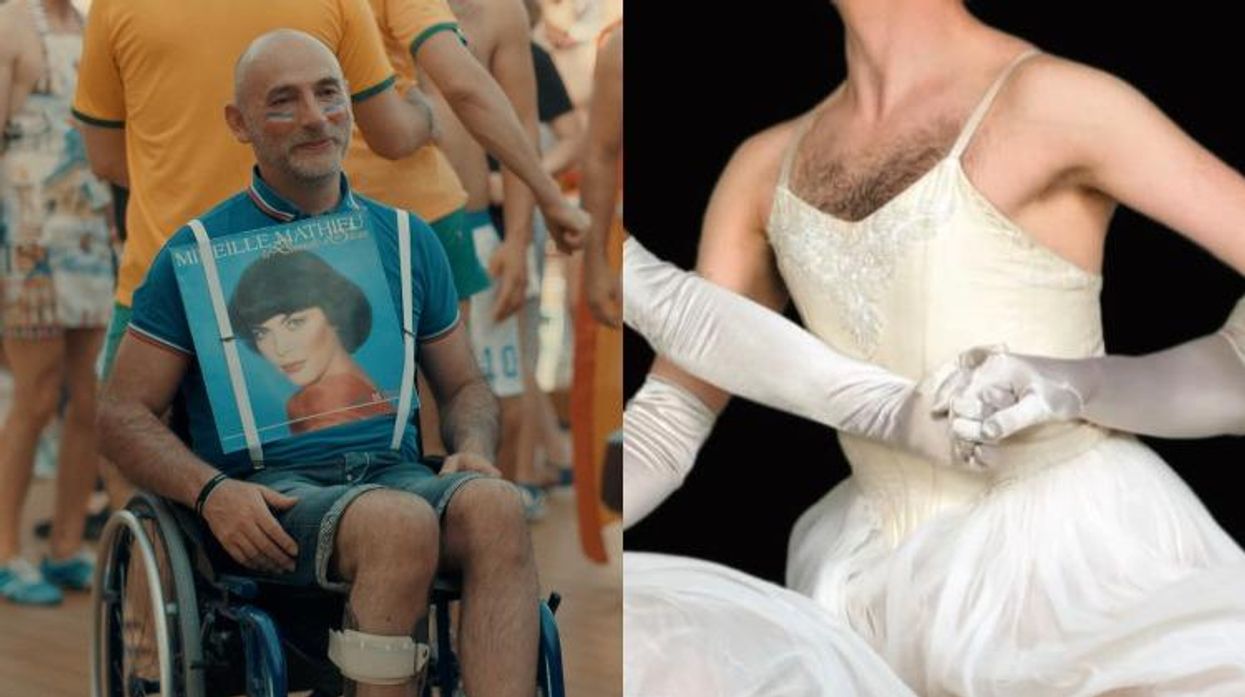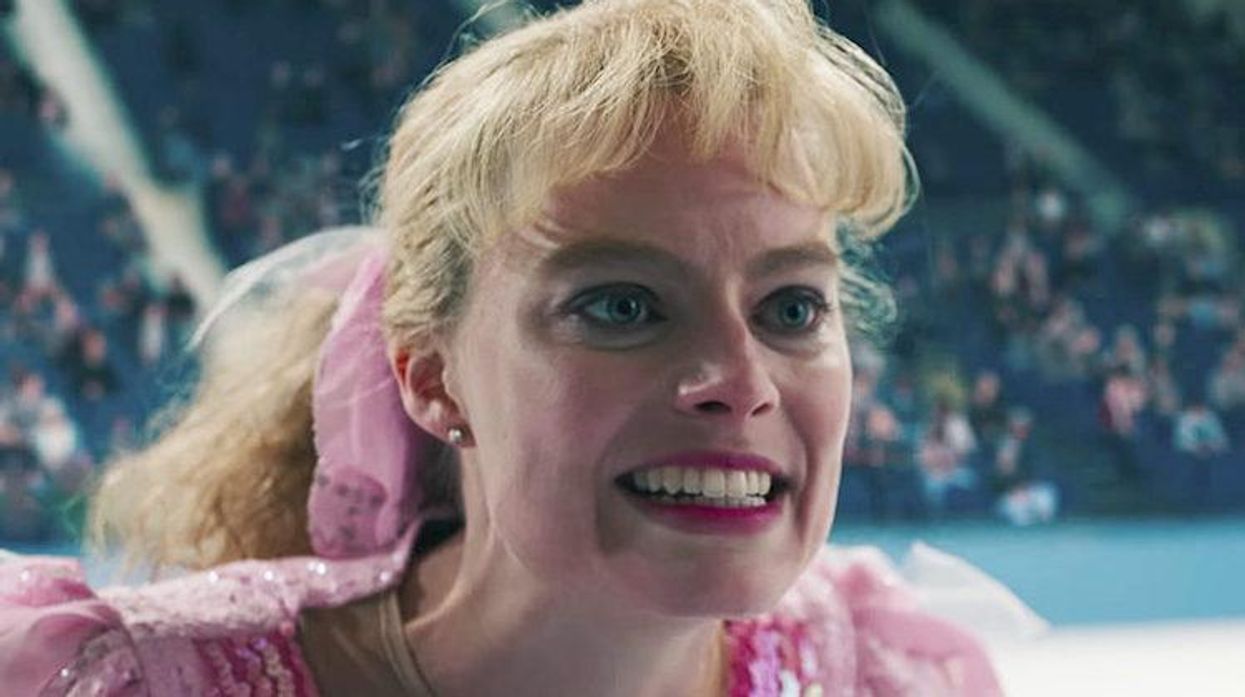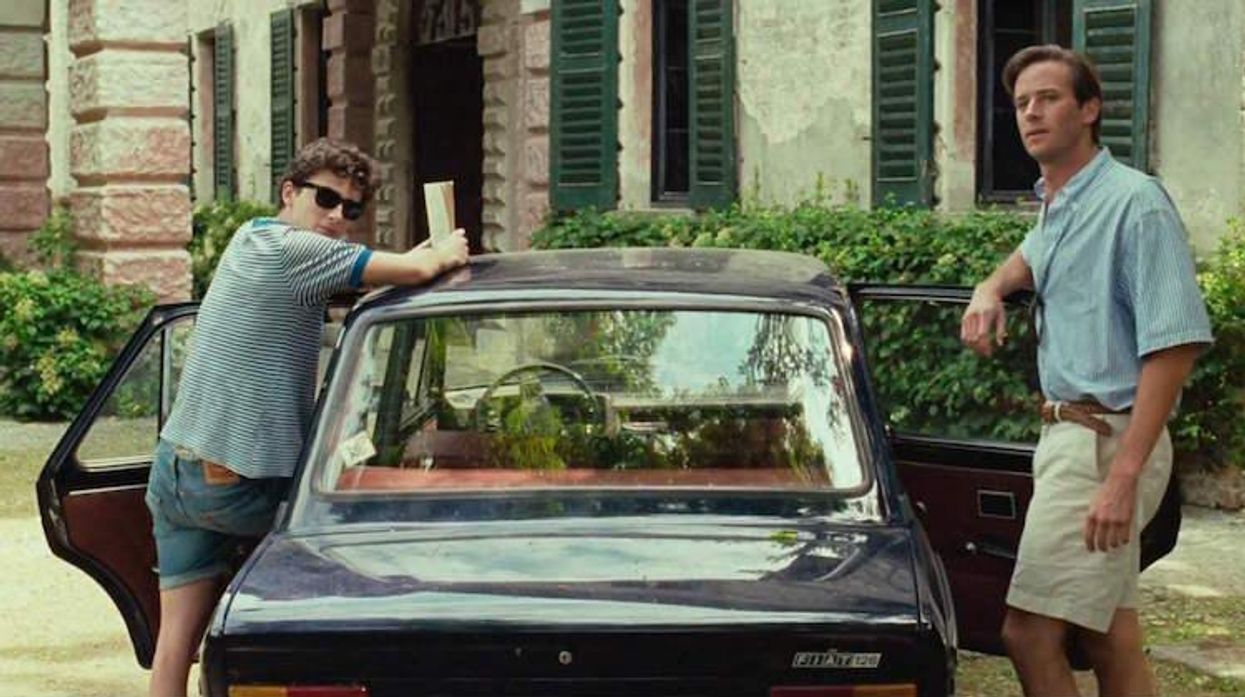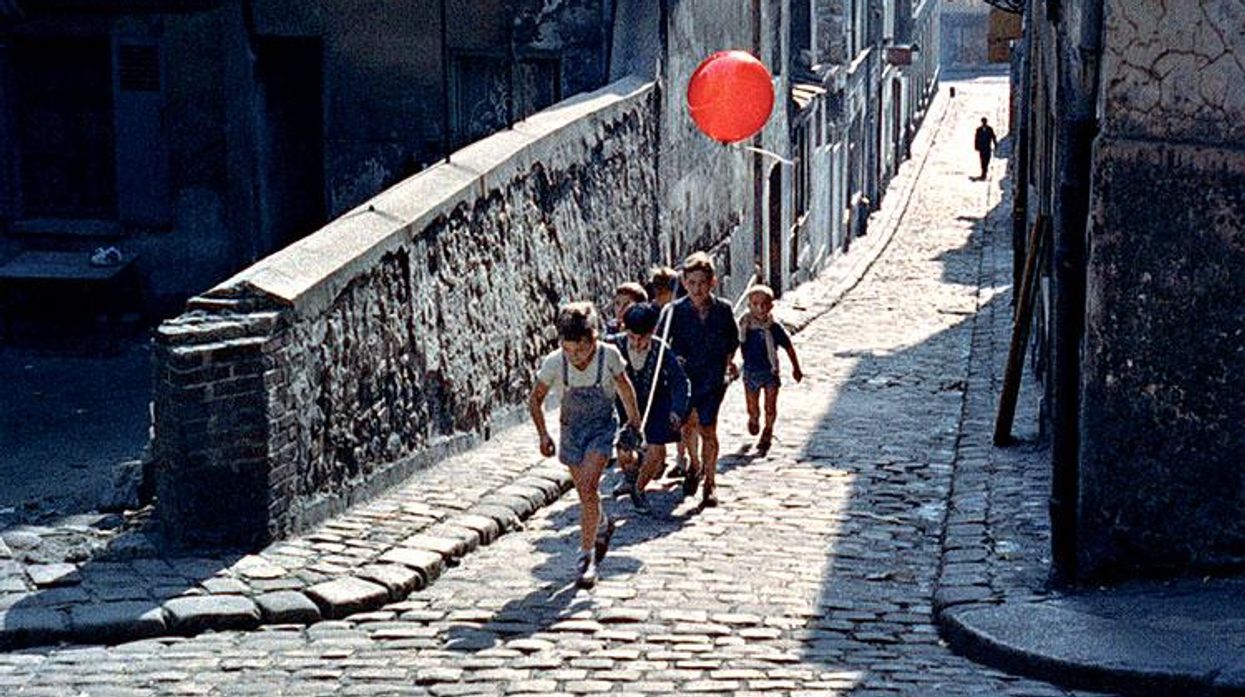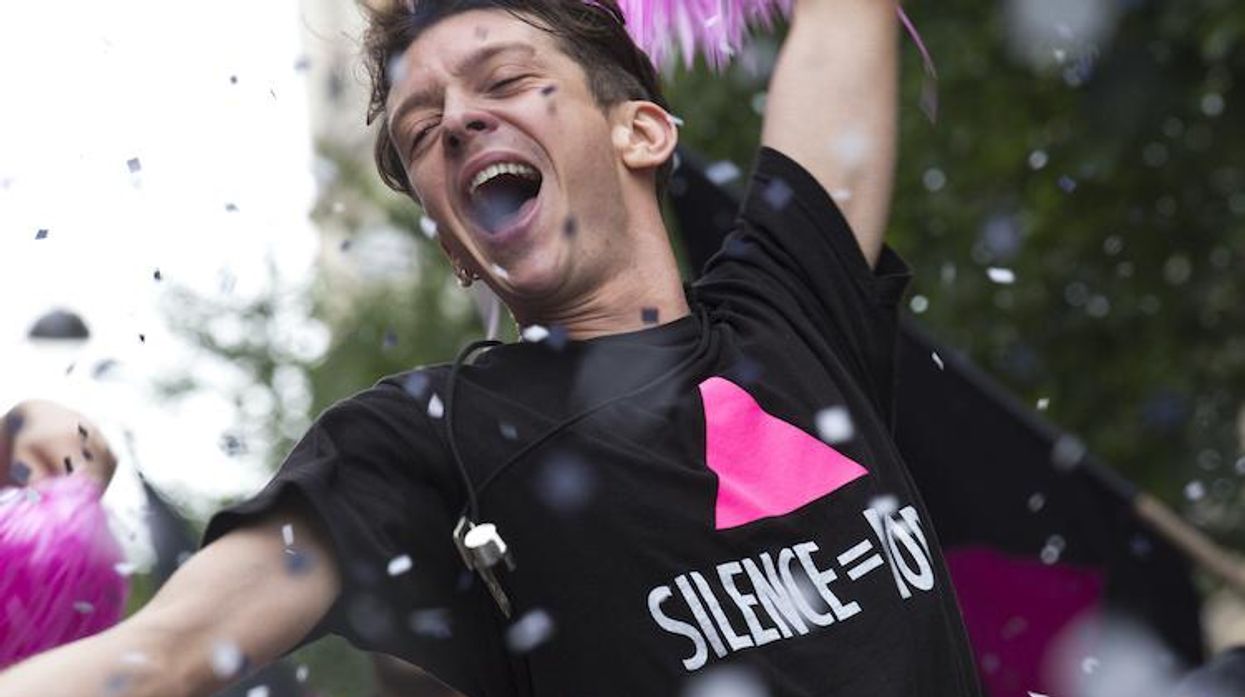Playing an American bad girl flirt making her through Argentina in the 1946 film Gilda, Rita Hayworth secured her legend as Hollywood's "Sex Bomb." A cartoon of her seated, with fore and aft curves, famously graced WWII bomber planes promising a payload, but Gilda gave Hayworth screen immortality.
Shot in lustrous black-and-white, Hayworth's red hair yet seems aflame. Her cascading, bouncy do gives the most animated performance of any hairstyle in movie history. Hayworth first appears throwing her head back so that her tresses whip the air and her face comes up from underneath with a taunting, radiant smile. "Gilda, are you decent?" she's asked and Hayworth responds, "Me?"
That saucy attitude--and that hair--launched a thousand drag queen dreams; not just in post-war America but for later generations who caught the movie on Late Show repeats. Hayworth's voluptuous exuberance seems almost a caricature of femininity but it's really an idealized state of being. Drag artists who affectionately imitate sluttiness or ladylikeness keep this icon in their creativity bank. Hayworth is both as bad as you can dare to be and, though superstitious, as confident as you need to be.
Photo via Wikiepdia
Criterion should had gotten RuPaul to record a commentary for the glistening, newly remastered Blu-Ray version of Gilda. It isn't a film noir classic but a camp classic and a drag artist could have led a tour through the formulaic script and storyline that touches on gayness and reveal the campy truth.
Over the years, murmurs about "gay subtext" in Gilda centered on its contrived premise: Glenn Ford as Johnny, an American tramp picked up on the Buenos Aires waterfront by Ballon (George Macready), a mysterious industrialist/casino owner cruising the docks looking for a "friend" and carrying a suspiciously phallic cane with a protruding dagger. Johnny becomes Ballon's "boy" and eventually takes over his casino and then Gilda, Ballon's new wife. There's only sexual attraction between glowing Hayworth and brooding Ford (a team who made four other films together). Ford's Johnny is more corny juvenile delinquent than rough trade. So-called "gay subtext" is only a tease--it's meant to titillate viewers despite the film's shabby plot (involving Nazis, tungsten and international law).
Gilda isn't really about sexual crosscurrents or bisexual allure; director Charles Vidor combines stock melodrama with formula from Hayworth's previous hits (Cover Girl, Blood & Sand) plus film noir cliches. It never transcends genre into greatness like Josef von Sternberg's 1941 casino drama The Shanghai Gesture, a camp classic par excellence. Gilda even gets the role of the femme fatale wrong. Yet Hayworth embodies it sensationally. The payoff for all this hard-boiled triteness is Hayworth's "Put the Blame on Mame" striptease in the final half-hour: Swathed in black silk, exposing her chest and arms, swaying her hips and tossing that mane. It's the art of drag on steroids. Fellini pulled this image from the straight and gay subconscious for the fountain scene in La Dolce Vita with blonde Anita Ekberg. The Bible says a woman's hair is her glory; Gilda proves it's her tiara.


